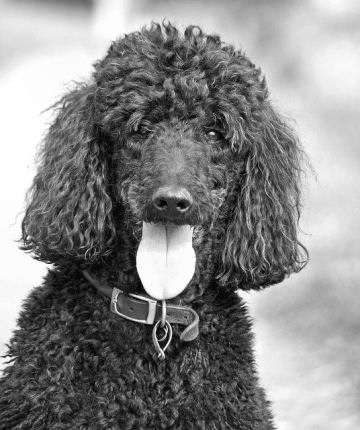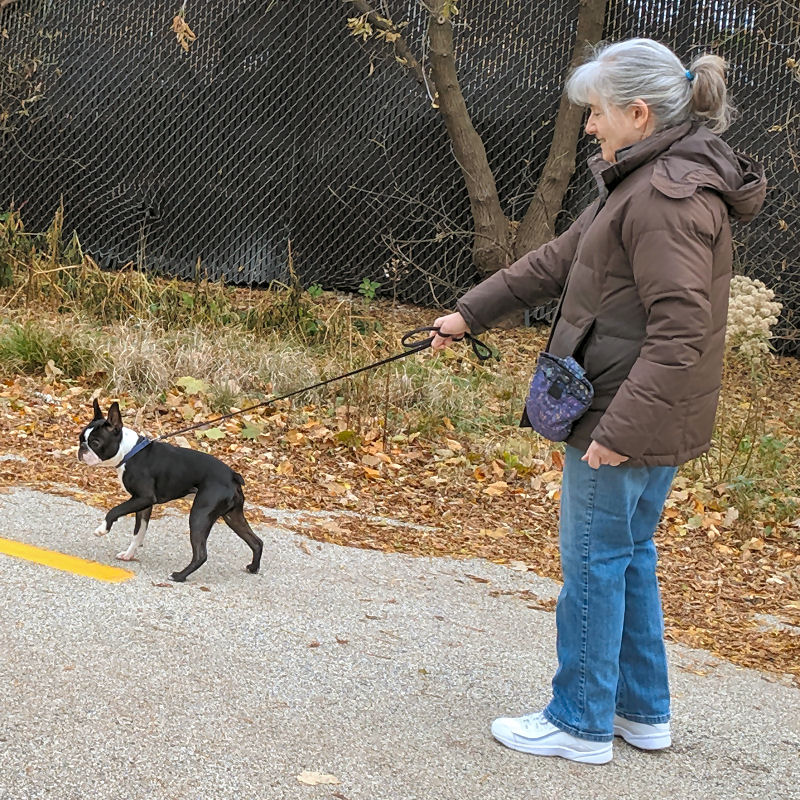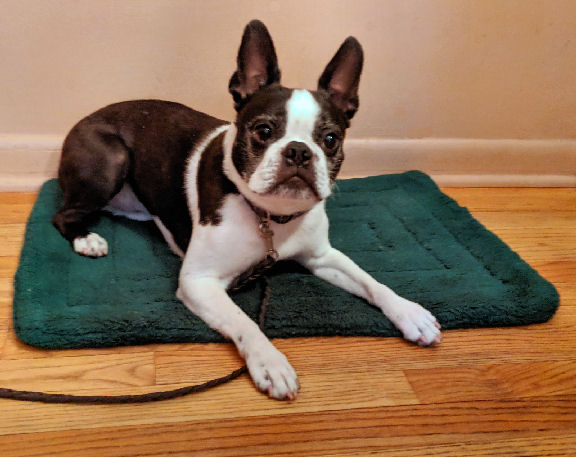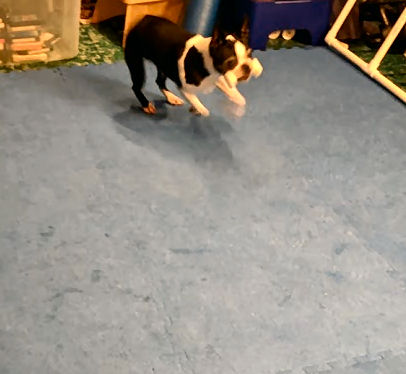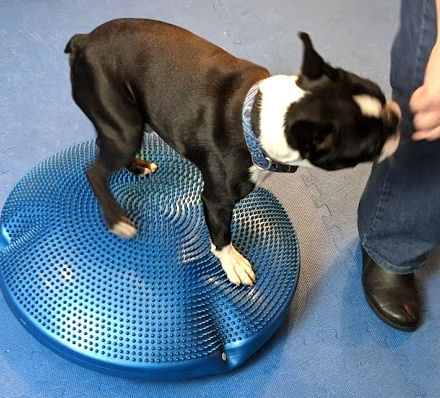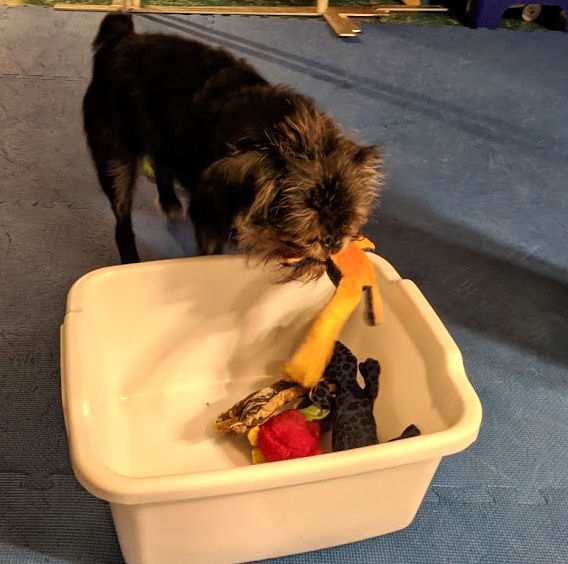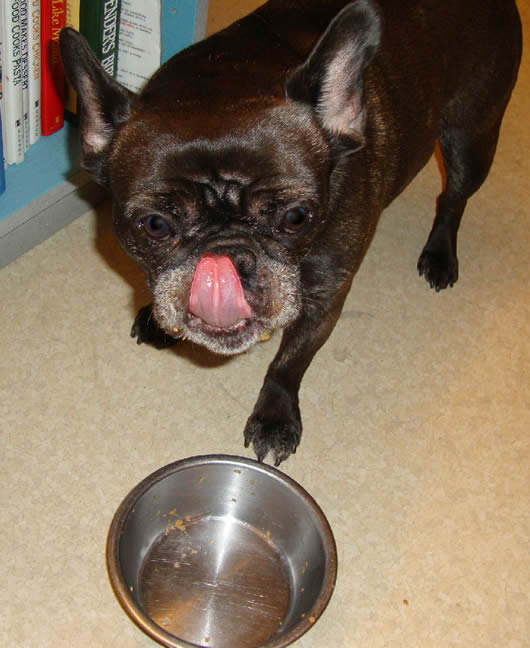
Should you ditch the dog bowl? You’ve probably seen the trend lately toward “snuffle mats” to feed dogs. Is it a good idea?
Yes and no.
Yes – it’s more engaging for the dog, slows down eating, and exercises the dog’s instinct to hunt for food.
No – it only works for dry food, can be messy, and, most importantly, leaves you out of the process.
Not interactive at all
One of the touted features of snuffle mats is that they’re “interactive.” That’s a popular phrase with dog toys, too. But what’s the dog interacting with? The toy or the mat. If our dogs are interacting, shouldn’t it be with us?
Anything that engages your dog without you in the picture is akin to plunking a toddler in front of a screen. It may get you some alone time and entertain the little one. If that’s the objective, it’s all good.
But if your goal is to build your bond and relationship with your dog, it’s wasted opportunity.
Do ditch the dog bowl
Instead of presenting your dog’s food in a bowl, or a snuffle mat, use meal time for dog training games. Use your dog’s for rewards during play sessions.
Hand-feeding your dog has multiple benefits. It eliminates the concern many people have about giving their dog too many treats – it’s food he/she would be getting anyway. (See this 2-Minute Tip: https://2-minute-trainer.com/2019/07/19/too-many-treats/)
It reinforces the idea that all good things come from you. If you have a multi-person household, you can take turns feeding your dog. That way everybody has a chance to build their own, and the dog’s, skills.
Feeding without a bowl also establishes a daily habit of playing with your dog. In short order it becomes something to look forward to and enjoy.
Adjustments needed
At first, hand-feeding your dog will take some planning and may seem inconvenient. It doesn’t have to be every meal. That’s simply not practical in most busy households. Mornings especially tend to be tightly scheduled.
If that’s the case, how about starting with a couple bites of food from you, then presenting the bowl? Would that be possible?
And if your dog doesn’t eat dry food, it can get messy. Fortunately, we’ve all become expert hand-washers in the last few months. You can also teach your dog to eat from a spoon. It’s adorable and makes for great video.
Take advantage of the time
Of course, if you don’t use hand-feeding to play training games, you may as well just stick with the bowl. This is a perfect example of the bargain we make with our dogs – they get what they want when we get what we want.
It doesn’t matter what game you play – anything from “puppy push-ups,” to recalls, to stays, or any kind of trick. It matters that you’re engaging with your dog, having fun, and challenging your dog to do more.
Like all training games, it will probably be tiring for your dog. A full tummy and an exercised brain will usually result in a nice, post-meal nap. And you’ll get that alone time. Or cuddle time, which is even better.
It works
We know the vast difference hand-feeding a dog can make. You may have read Fran’s book Tango: Transforming my Hellhound. Tango was aggressive and reactive to both dogs and people when Fran got him. Hope couldn’t go near him or touch him without him lunging and trying to bite.
What turned Hope and Tango’s relationship around was hand-feeding. Every meal. For six weeks. While he was in his crate. At first, all Hope could do was throw the food in the crate. Then offered it on a spoon. Then from her hand. In a couple of weeks he was eating from her hand, and doing simple behaviors for the rewards she offered. It wasn’t magic, but close to it. Tango learned to trust. Now Tango’s her buddy, because “Auntie Hope” gives the best neck scritches – she knows exactly the right spot.
Dog bowls in every room
If the way to a dog’s heart is through his/her stomach – take advantage! Why should you let your dog adore the bowl, when it can be you, instead? If your dog’s bowls are really cute – fill them with treats and keep them in every room. It’ll remind you to take every opportunity to play dog training games and reward your good dog.

